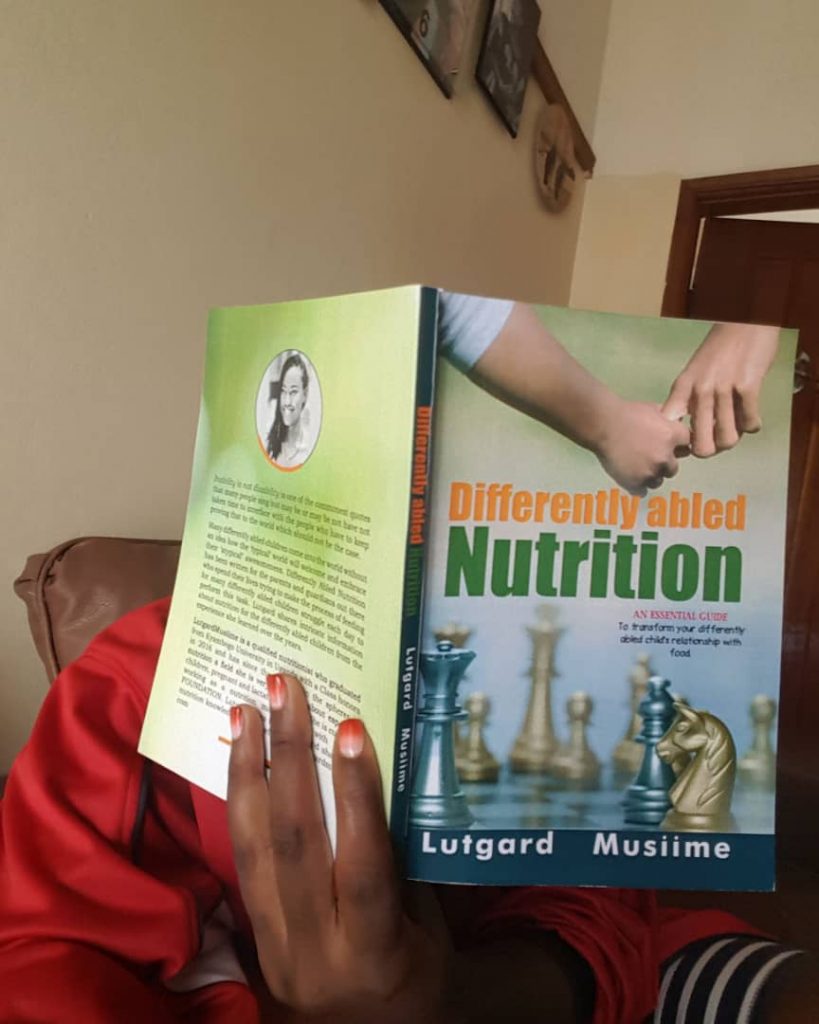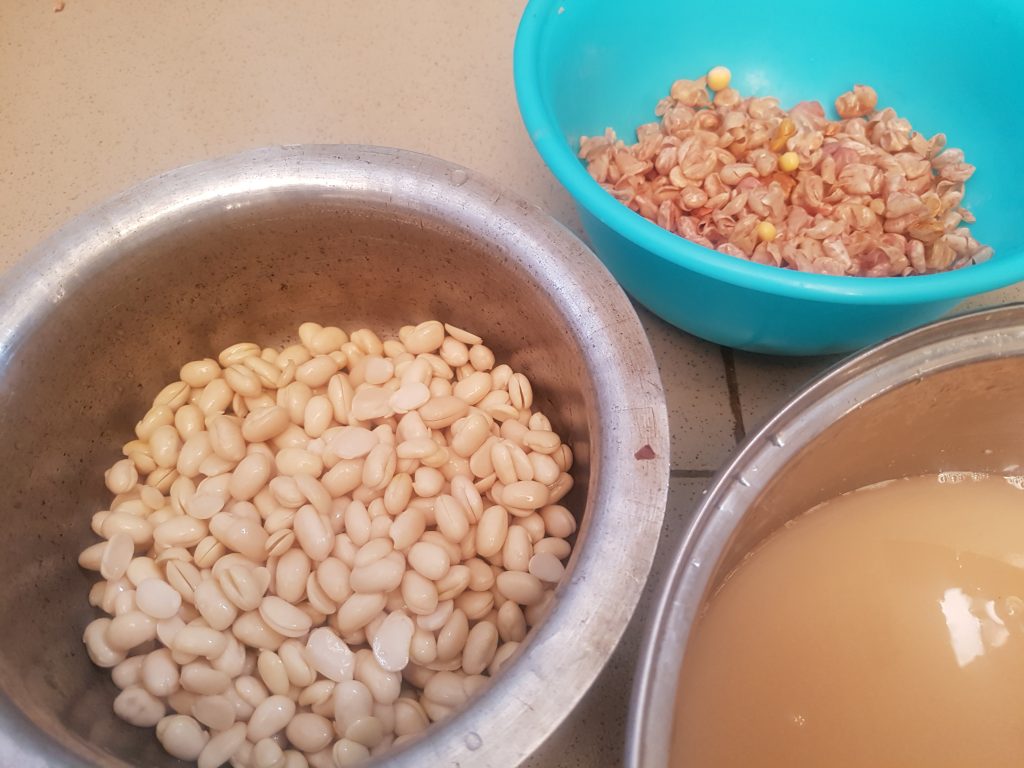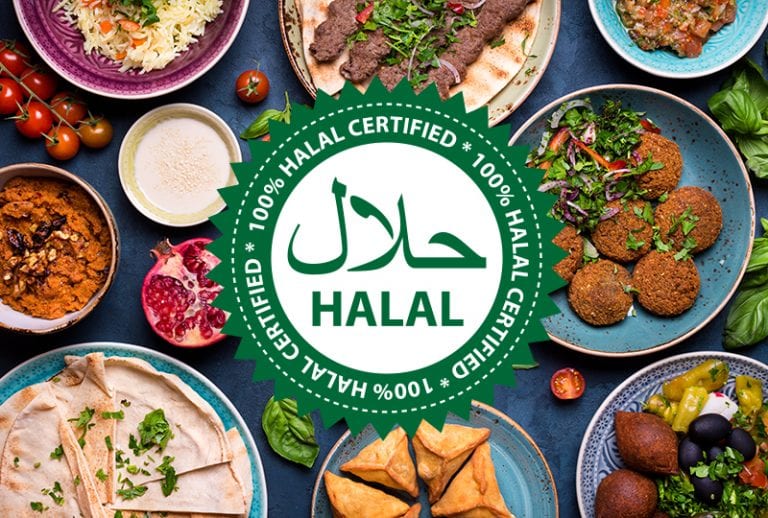In my book – Differently Abled Nutrition (will soon be on your bookshelves), I mention that disability in childhood can have lifelong impact on a child’s physical, mental and emotional health, and their social situation when they become adults. Some children will be born with a disabling health condition because of illness, injury or poor nutrition. Differently Abled children include those with health conditions such as cerebral palsy, spina bifida, muscular dystrophy, traumatic spinal cord injury, Downs syndrome and children with hearing, visual, physical, communication and intellectual impairments. Today I will dedicate it to Autism Spectrum Disorder or simply autism.

Arguably one of the most confusing disabilities, there is often nothing physically obvious about a child with autism setting them apart from other children. Autism is however a serious developmental disorder that impairs the ability to communicate and interact. It impacts the nervous system with a range and severity of symptoms. The common symptoms include difficulty with communication, difficulty with social interactions, obsessive interests and repetitive behaviours. Autism begins in early childhood and eventually causes problems of functioning in society and although there is no cure, early recognition, as well as behavioural, educational and family therapies may reduce symptoms and support development and learning.
Among many of the things that children with autism struggle with is feeding and because sometimes parents are not aware of the condition their child is struggling with or are frustrated with the burden of care, they end up beating these children or shoving the food down their throats during mealtimes which unfortunately does more harm than good. Feeding problems can range from mild to severe. They are often mild at the onset, but sometimes become severe because parents have difficulty managing their children’s challenging behaviour and end up enabling them. These children may also have preferences, refuse some foods now and then, and throw an occasional tantrum, but in other instances, they try different foods. “Children with autism, however, take selective eating to another level. For example, a child may want to only eat one type of food and if the parents don’t give that to him, he may respond with a burst of tantrums.”
Children with autism may often repeat behaviours or have narrow, restricted interests. These types of behaviour can affect eating habits and food choices, which can lead to the following health concerns:
- Limited food selection or strong food dislikes:
A child or anyone with autism may be sensitive to the taste, smell, colour and/or texture of foods. They may limit or totally avoid some foods and even whole food groups. Dislikes may include strong flavoured foods, fruits and vegetables or certain textures such as slippery or soft foods.
2. Not eating enough (Low food intake):
Children with autism may have difficulty focusing on one task for an extended period of time. It may be hard for a child to sit down and eat a meal from start to finish and you will have to monitor their eating habits to ensure that they have eaten.
3. Constipation:
A child’s limited food choices, low physical activity levels, or medications can cause this. It can typically be remedied by gradually increasing sources of dietary fibre, such as bran cereals and fruits and vegetables, along with plenty of fluids and regular physical activity.
4. Drug interactions:
Some stimulant medications used with autism can lower appetite. This can reduce the food intake of the child, which may affect growth. Other medications may increase appetite or affect the absorption of certain vitamins and minerals.
Caring for a child with autism can be challenging on so many levels, and healthful eating is no exception. A nutritious, balanced eating plan can make a world of difference in the child’s ability to learn how they manage their emotions and how they process information. Because children with autism often avoid certain foods or have restrictions on what they eat, and have difficulty sitting through mealtimes, they may not be getting all the nutrients they need. This calls for careful attention to their behaviour in order to correct the deficiency as well journeying with a nutritionist/dietician to design a meal plan tailored for your child. One thing to note however is every autistic is unique and requires an individualised plan based on their autistic symptoms.









